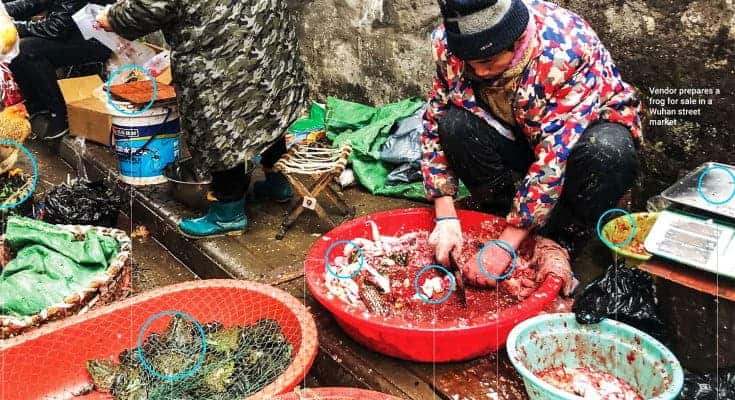As the pandemic spreads and cases rise, the problem of keeping a functioning educational system has come to the forefront. Universities are now being faced with a unique challenge of whether or not to conduct the examinations in the traditional manner.
The University of Delhi (DU) has set up a committee to look into the possible scenario of conducting examinations whilst University of Mumbai (MU) has decided to conduct examinations for only the final year students for the time being.
The Lieutenant Governor of Delhi has asked universities to maintain and develop new forms of getting the business done. However, professors and students are opposing the idea of conducting online examination.
At the very foundational level, most students come from rural backgrounds and many do not have proper access to internet facilities which would put them in a tough spot.
This is a unique situation, one that needs a unique solution. The pandemic has exposed the limits of our educational system and brought in open the out-dated assessment system which seems to be completely depended on the last mile performance and final grades.
One issue that the committee and the authorities discussing the issues still seems to give a brush is the how will it be conducting examination for students with underlying conditions?
Neither the University nor the professors seem to mention anything about this critical situation. The University cannot assume that all students are healthy and have no medical issues whatsoever.
Students struggling with underlying conditions such as Asthma, Diabetes, Chronic diseases and other conditions cannot give the examinations with other students.
Such students need a completely different set of policy approach if the university does decide to conduct examination in a traditional manner.
The incubation period for COVID-19 is 14 days, in such a situation when students do travel back they would be under a suspicious category and might be a carrier of the disease and can pass it on to a student of the chronic underlying condition which would cause a life-threatening condition for such a student.
A student with an underlying condition cannot be made to sit in the same room with a crowd of other students.
The examination process should not put life at risk for a student with underlying conditions.
These issues need to be dealt with utmost care and caution and should form a part of the policy for the University.
The process of examination needs a revamp. What is happening today in the world is a first, and for us to deal with this crisis we will have to explore arenas that will be first of a kind.
At this hour, we cannot hide away in inconsistencies by the fear of unknown, but take the steps towards the uncharted roads which will give us our first window to a more nuanced and up-to-date system of evaluation and assessment.
Feature Image Credits: DU Beat Archives
The author is Pragya Gautam, currently pursuing BA LLB from Law Faculty, Law Centre-1, University of Delhi.


